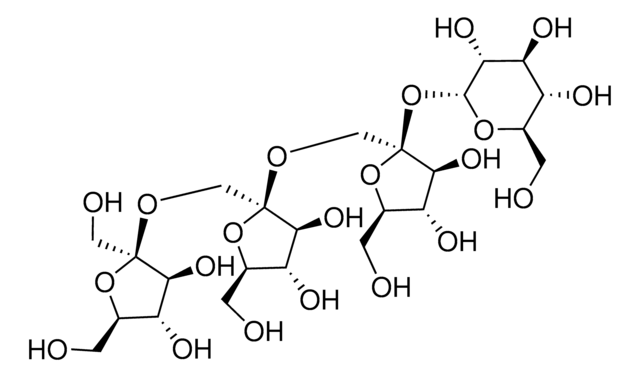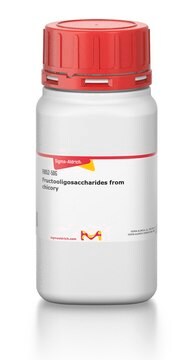84727
Sulfuric acid
for the determination of nitrogen, ≥97.0%
About This Item
Recommended Products
grade
for inorganic trace analysis
Quality Level
Agency
suitable for SM 4500 - NH3
vapor density
<0.3 (25 °C, vs air)
vapor pressure
1 mmHg ( 146 °C)
description
Nominally 95-98% H2SO4
Assay
≥97.0%
form
liquid
quality
for the determination of nitrogen
impurities
≤0.0005% total nitrogen (N)
ign. residue (900 °C)
≤0.0005%
color
clear
bp
~290 °C (lit.)
density
1.840 g/mL at 25 °C (lit.)
SMILES string
OS(O)(=O)=O
InChI
1S/H2O4S/c1-5(2,3)4/h(H2,1,2,3,4)
InChI key
QAOWNCQODCNURD-UHFFFAOYSA-N
Looking for similar products? Visit Product Comparison Guide
General description
Application
Signal Word
Danger
Hazard Statements
Precautionary Statements
Hazard Classifications
Eye Dam. 1 - Met. Corr. 1 - Skin Corr. 1A
Storage Class Code
8B - Non-combustible corrosive hazardous materials
WGK
WGK 1
Flash Point(F)
Not applicable
Flash Point(C)
Not applicable
Personal Protective Equipment
Regulatory Listings
Regulatory Listings are mainly provided for chemical products. Only limited information can be provided here for non-chemical products. No entry means none of the components are listed. It is the user’s obligation to ensure the safe and legal use of the product.
ISHL Indicated Name
Substances Subject to be Indicated Names
ISHL Notified Names
Substances Subject to be Notified Names
JAN Code
84727-4X2.5L:4548173273709
84727-BULK:
84727-50KG:4548173273716
84727-2.5L:4548173181158
84727-VAR:
84727-500ML:4548173181165
84727-6X500ML:4548173273723
Choose from one of the most recent versions:
Already Own This Product?
Find documentation for the products that you have recently purchased in the Document Library.
Customers Also Viewed
Our team of scientists has experience in all areas of research including Life Science, Material Science, Chemical Synthesis, Chromatography, Analytical and many others.
Contact Technical Service



